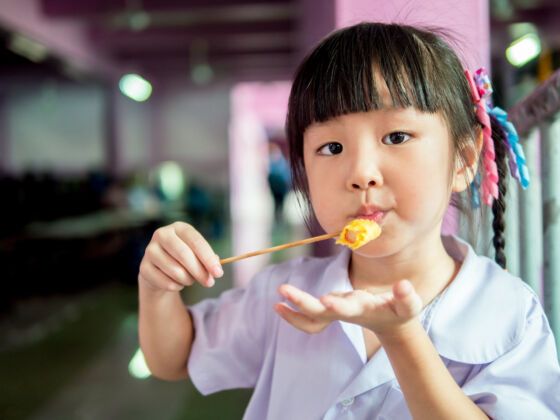1. You’re too cool for sweet and sour.
Convinced that neon-red takeout gloop is an American invention, you opt for trendy Sichuanese instead. We’re pissed by the bastardized versions, too, but don’t ditch sweet and sour just yet.
Real Cantonese gu lou yuk is 200-years old, and every family has a recipe. Bone-in pork soft-ribs coated in corn starch is double fried to a tooth-shattering crunch. Vinegar, Worcester sauce, and ketchup (also, not American), plus fresh pineapple and peppers tossed in a searing wok is the real sweet-and-sour experience. Secret ingredient? Haw flakes for a fruity tang and scarlet hue (only amateurs resort to food colouring).
For all you haters, sweet and sour is legit Canto comfort food.
